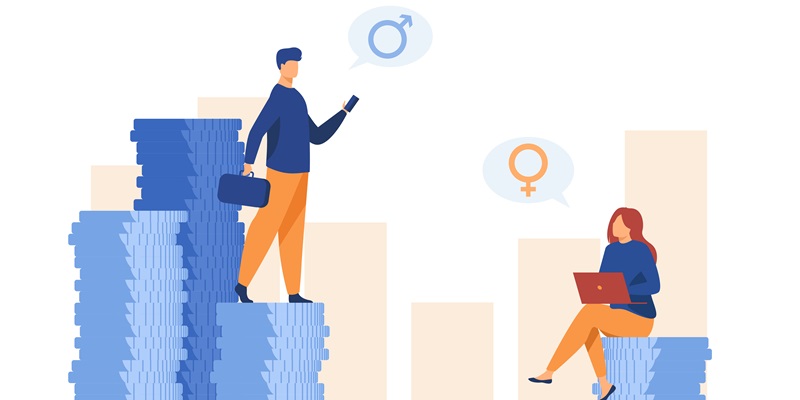Australia’s new mandate for the private sector to disclose gender pay gaps has cast a stark light on the continuing disparity in wages, revealing a significant gap of 21.7%. As the data become public, employers are now faced with the multifaceted challenge of addressing the issue head-on. With the insights at their disposal, the first step companies can take is a thorough analysis of their internal pay structures to identify the root causes of the gap.
This in-depth examination offers a dual benefit: Not only does it help pinpoint discrepancies within an organization’s pay system, but it also serves as a critical tool for transparency and accountability. Employers can then begin to address the factors contributing to the gap, such as unconscious bias in hiring or promotion practices, lack of support for part-time workers, or undervaluation of roles typically dominated by women.
Building a Plan of Action
Once the internal assessment is complete, the next phase is strategic planning. Employers must develop and implement a comprehensive action plan tailored to their unique circumstances. This could involve revising hiring and promotion criteria, ensuring they are merit-based and gender-neutral, or establishing mentorship and training programs to prepare women for senior roles. Moreover, employers could introduce flexible working arrangements or parental leave policies that do not disproportionately affect one gender over the other.
Benchmarking against industry standards can provide additional guidance on best practices for fostering an equitable workplace. Importantly, action plans need to be dynamic, with built-in mechanisms for regular review and adjustment, ensuring that they remain effective over time.
Fostering a Culture of Equality
To achieve enduring gender equality, it’s essential for companies to weave this principle into their organizational fabric, creating an atmosphere where pay transparency and self-worth advocacy are normalized. Open dialogue about salary determinations and advancement opportunities is key to empowering employees.
Leadership education with an emphasis on diversity and inclusion can catalyze crucial shifts in corporate culture. It’s vital that leaders are trained to identify and counteract gender biases and act as catalysts for others to follow suit. By establishing and actively promoting a culture where gender equality is deeply valued, employers possess a formidable tool in eradicating the gender wage gap permanently. This holistic approach involves aligning company policies, workplace practices, and everyday interactions with a commitment to gender equity, ensuring that it is not just an ideal but a lived reality in the workplace.

